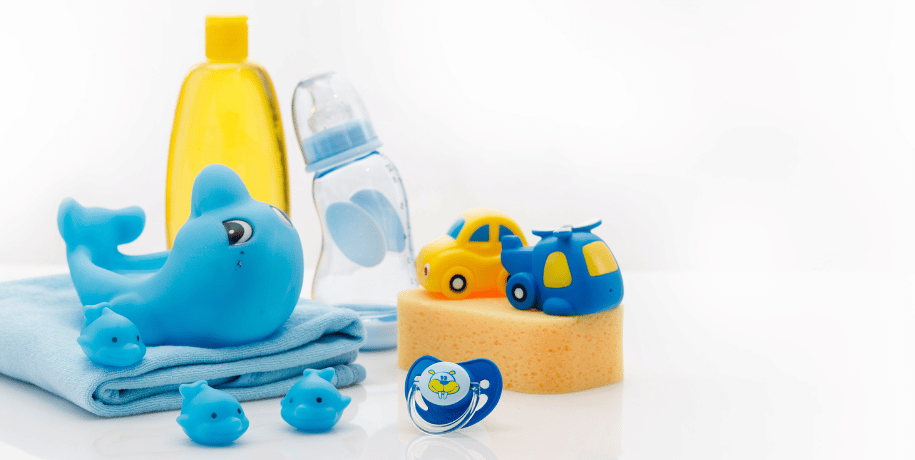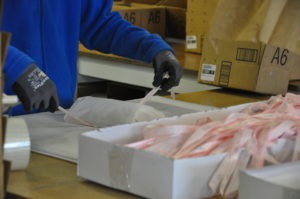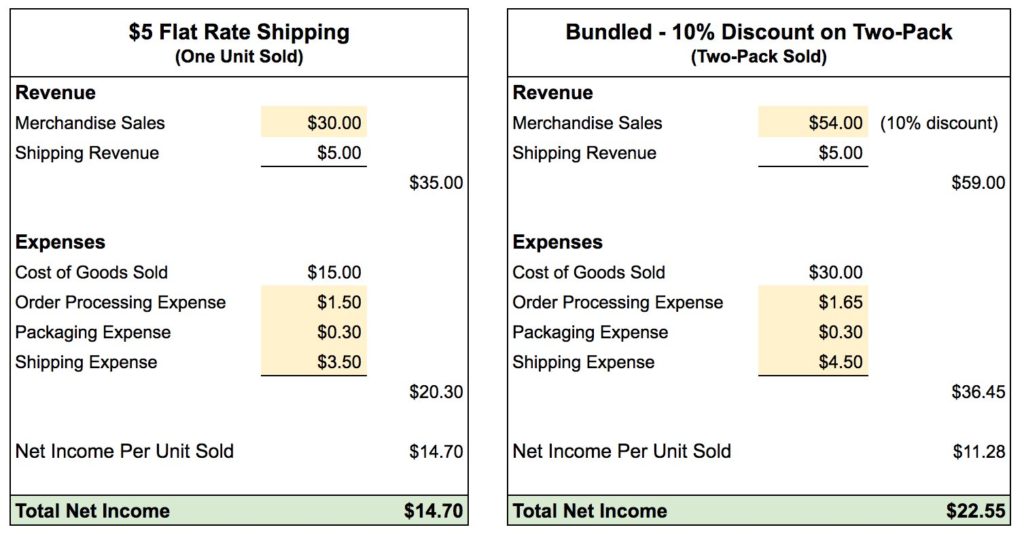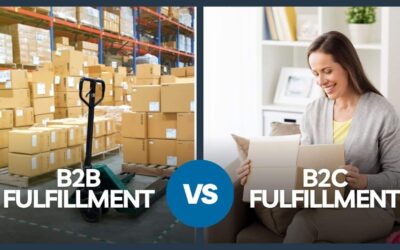
Cut Costs and Increase Sales on Amazon by Bundling Products
Amazon is encouraging sellers to bundle products, to the benefit of both Amazon and its seller. It’s a strategy to reduce costs and increase sales.
What’s an Amazon bundle? A bundle is a group of products that go together, like peanut butter and jelly. But, let’s include a branded spreader (aka a knife), a melamine plate and a recipe for artisanal bread to bring the bundle into 21st century fashion. The reasons sellers should consider bundling are as simple now as ever: increase sales, decrease costs. Let’s explore the new details of how bundling benefits ecommerce sellers.
Understanding Amazon Bundling Rules
Amazon has a number of rules for bundling, of course. Check out those official rules here. Below, we’ve paraphrased the Amazon rules for bundling to make them easier to understand:
- On Amazon, you can’t bundle media with media … books, music, video games, videos or DVDs can’t be considered a bundle without another non-media product. So add a plush toy or a jar of an ingredient in a cookbook’s favorite recipe to qualify for bundles.
- Three of a kind are not a bundle.
- Can’t mix warranties in a bundle.
- No generic products in bundles.
- The referral fee is based on the category of the bundle. The category of the bundle is based on the most expensive item, unless that item is a book, music, video game, video or dvd. In that case, the category is the next, most-expensive, non-media item.
- Bundles need their own ASIN number and one can’t change the contents. If you want to add, remove or change items, make a new bundle.
How Can Amazon Bundles Increase Sales?
Amazon bundles can lift your revenue per order. Rather than asking your customers to add items to their baskets, bundle products together. An Amazon seller can raise the average order revenue with a bundle by combining products into one purchase decision. Bundling works well with products that work together:
- Matching outfits for a child and her doll
- Tableware and glassware sets
- Electronics and accessories
- Nutraceuticals for the family
- Toys and media (DVDs and books)
- Complementary exercise equipment
This strategy works well with customers that aren’t interested in price shopping—think gift-giving seasons like Mother’s Day, Valentine’s Day and the holiday season. But if you want to promote sales with a discount, that strategy can work well, too.
Improve your product’s visibility on Amazon, in two ways. Bundles with a unique product get Amazon Buy Box exclusivity. Putting a product in your bundle that only you have access to, means that your competition can’t compete for that item. You might consider having several bundles with an exclusive item. A unique item bundled in several ways will give you more Amazon listings for that same keyword.
If your product has been deemed an Amazon “add-on” item, Prime customers might have to wait until they have $25 worth in their cart to get permission to buy yours. Are you worried they might not remember to “add on” your product two weeks from now? Put together a bundle of complementary products and hit that profitability level above the “add-on” level. Your customer can buy the product they originally wanted, when they want it, and enjoy another valuable product or two from you.
Fulfillment & Shipping Reasons to Bundle—Cutting Costs
Fulfillment companies have been bundling things for clients for decades, only the industry uses the term “kitting.” Individual items are packed into ready-to-ship kits instead of picking and packing those individual items as orders are received. If you ship similar orders in quantity, the savings potential of fulfillment kitting can be huge.
For example, a company specializes in nutraceuticals. It ships about 600 orders per month. But 80 percent of the orders involve a popular three-for-the-price-of-two offer for its top three products. (By grouping 3 different products together, this arrangement qualifies as an Amazon bundle.)
Prior to kitting, the company had its fulfillment house pick and pack all orders as they arrived. The cost was $1.55 per order plus $.55 per item and, in the case of his buy-two-get-one-free orders, his fulfillment cost was, therefore, $3.20 [$1.55 + (3 x $.55)] per order.
At the suggestion of his fulfillment house, the seller switched to pre-assembly of the buy-two-get-one-free kits and immediately earned two big cost savings.
Reduction of fulfillment fee. The fulfillment fee dropped from $3.20 per order to $2.10 [$1.55 + (1 x $.55)] because all 3-for-2 orders were then processed as pre-packed kits thus saving $1.10 per order in picking fees. The cost savings offset was the kit assembly labor of $.20 per kit and $20 set up. In spite of the assembly cost, the company’s net pick-and-pack savings was $432.00 per month ($1.10 – $.20 = $.90 x 480 orders per month) or $5,164 per year, after you take out the $20 setup fee.
Postal savings. The ship weight of the 3-for-2 orders was 14 ounces, which resulted in a Priority Mail delivery cost of $7.90 when shipped in a Priority Mail flat rate box. By kitting the orders using a custom made box, however, the ship weight could be reduced to 13 ounces, which made the entire 480 orders per month eligible for First Class package postage of $6.27 or less per package. The lowest First Class package postage, for zones 1 or 2, was only $5.71. The resulting $1.63 to $2.19 per order postage savings worked out to a range of $9,388 to $12,614 annual cost reduction.
In this example, the seller was able to use kitting to cut his costs by roughly $14,550 to $17,770 per year. At higher volumes, savings increase further. And of course you may also be benefiting from higher sales on Amazon.
How Can Amazon Bundles Cut Costs and Increase Sales for One Order?
Say you pair your top selling product with a complementary product, offering a 10 percent discount on the combination. For our example, we are considering a nutraceutical, a thirty-day supply for women and a thirty-day supply for men, perfect for a household with a married couple.
In this example, offering flat rate shipping for $5 produces a net income of $14.70 for a single unit sold. When a two-pack is sold with a 10 percent discount, the net income increases to $22.55.
We are assuming this product has a higher margin, which is one of the reasons the two-pack offer works. The pill bottles are also lightweight, which means a reduced shipping expense, and to add one or two more of the same SKU adds very little to the order processing expense. Lastly, the same shipping box can be used in both scenarios, adding no additional expense for packaging as orders get larger.
As you incentivize your customers to build larger baskets, the per unit net income goes down, but the total net income increases. This allows you to lower your prices — and prosper.
After you’ve had a chance to review your product sales for natural combinations, or instances where consumers are already purchasing products in groups, contact your fulfillment partner’s client care team to ask for their help in bundling and kitting ideas. Work to see where you can maintain packaging expenses, add minimal shipping expenses and net out at higher income.
Other Blogs, Services & Articles
2019 Trends: The Best Selling Items on Amazon
Order Fulfillment Pricing Models, with a cost calculator sample
Amazon SEO: How to Rank Your Products Higher






0 Comments